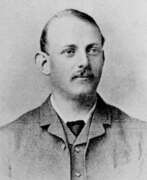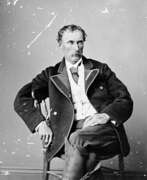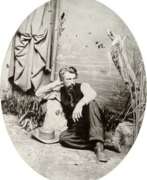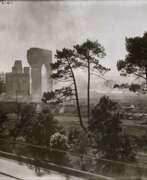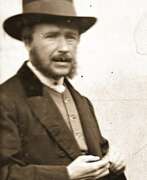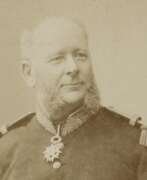Documentary photography 19th century
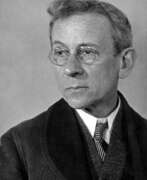

Lewis W. Hine was not an artist in the traditional sense, but rather a photographer and social documentary photographer who used his camera as a tool for social change. He is best known for his work in the early 20th century, documenting the living and working conditions of children in the United States.
Hine's photographs were instrumental in bringing about changes in child labor laws in the United States, and his images were used as evidence in court cases and Congressional hearings. He believed that photography could be a powerful tool for social reform, and he used his camera to highlight the injustices and hardships faced by working-class Americans.
In addition to his work as a photographer, Hine was also a teacher and an advocate for the arts. He taught at the Ethical Culture School in New York City, where he encouraged his students to use photography as a means of social commentary.
Hine's legacy as a photographer and social activist continues to inspire generations of artists and advocates for social justice. His photographs are considered a valuable historical record of life in the early 20th century, and his commitment to using art as a means of social change remains a powerful example of the role that artists can play in shaping society.
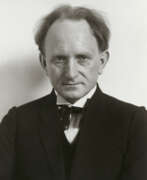

August Sander was a German portrait and documentary photographer. Sander's first book Face of our Time (German: Antlitz der Zeit) was published in 1929. Sander has been described as "the most important German portrait photographer of the early twentieth century".
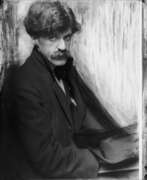

Alfred Stieglitz was an American photographer and modern art promoter who was instrumental over his 50-year career in making photography an accepted art form. In addition to his photography, Stieglitz was known for the New York art galleries that he ran in the early part of the 20th century, where he introduced many avant-garde European artists to the U.S. He was married to painter Georgia O'Keeffe.
